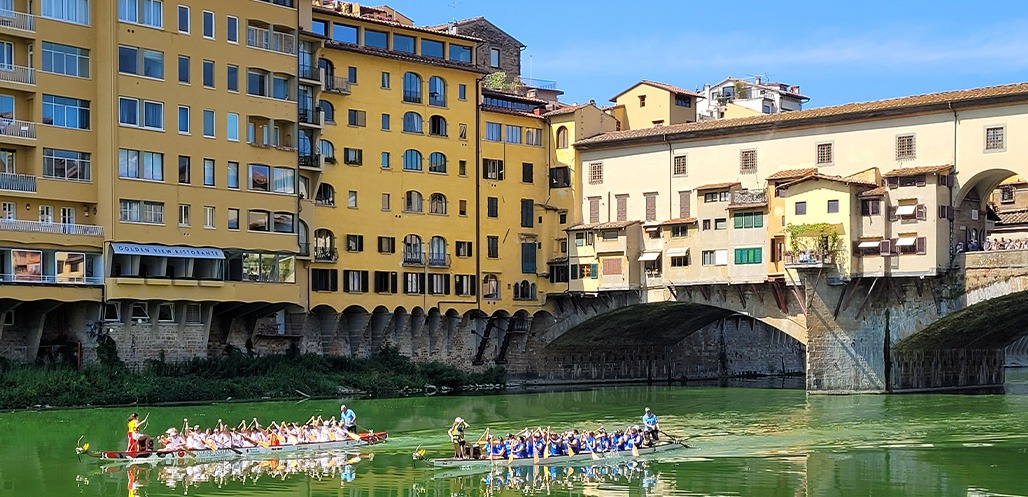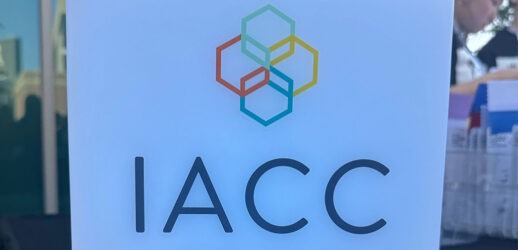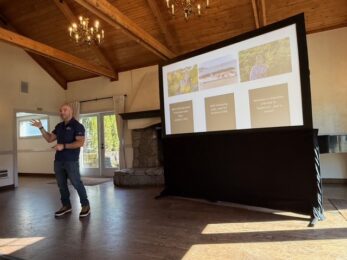Ultimate locations for ultimate results
Think the pinprick of a laser versus the sweeping arc of a searchlight. Big meetings such as expos and conferences are like the latter and are meant to expand our professional horizons. Small meetings, on the other hand, focus our gaze and build teams. Corporate retreats, board of directors meetings, departmental brainstorms—these more intimate meetings of minds can conceptualize new products, incite organizational change, and reinforce and refine the mission.
That said, the limited-service hotel off the freeway is currently the default workhorse for bringing together a handful of remote staff or regional teams, yet some smaller gatherings demand more. Someplace special. Someplace that by itself elevates the occasion, the setting for breakthroughs and bonding. As John Peters, a U.K. leadership consultant, puts it, “Unique settings capture attention and increase engagement. The novelty keeps participants focused, ensuring productive discussions and collaboration.”
“The true value of the small meeting is never limited to the whiteboarding.”
Those are the times it pays to go big to meet small. Here’s a roundup of opportunities.
Historical Venues for Historic Change
What could make a bigger impact than renting a castle? TheoremOne, a remote software consulting company with a global workforce, bought out a 13th-century castle in Tuscany for a week as a regal backdrop for its strategic meetings. Talk about team-building potential! There was dragon-boat racing followed by “The Italian Job,” a bank heist challenge that involved racing Fiat 500s around the idyllic Tuscan landscape.
All this was planned by Moniker Partners, a specialist in luxury corporate retreats. Another example, a planning retreat in a craggy castle in Scotland: A midsize consulting firm channeled the Braveheart vibe to win buy-in for a strategic pivot; according to a published report, its attendees thought the location encouraged ambition and long-term success.
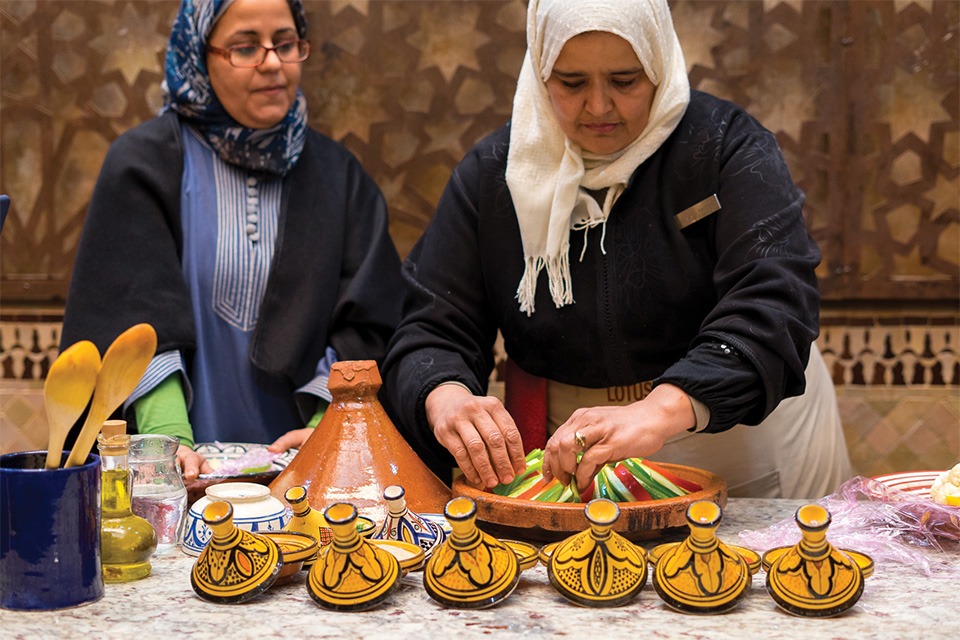
Choosing a castle or other historical venue for a meeting clearly gives those lucky enough to attend a wealth of bragging rights and gems for storytelling upon return to the office, but experts have studied why such oh-wow locations can outperform typical hotel meeting rooms.
Sarah Blake, who bridges behavioral science with emotional intelligence to impact and shift company culture, observes, “Retreats in inspiring locations remove the hierarchy and pressure of the office. This setting encourages authentic relationships and strengthens trust among team members.”
Cultural Immersion for Building Bridges
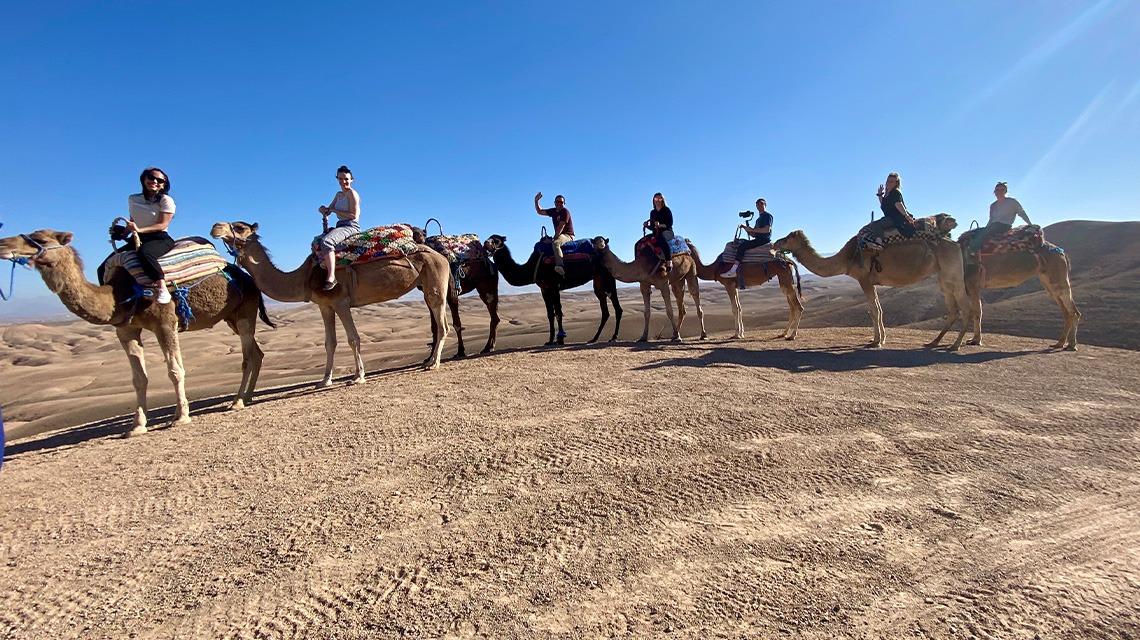
Every year Moniker Partners does its own week-long teaming adventure to somewhere exotic and rich in shared experiences. Recently, seven of its team members explored the Moroccan cities of Fez, Marrakesh and Casablanca interspersed with presentations, workshops and site visits.
Insta-worthy activities encompassed a Moroccan cooking class, a walking tour of Marrakesh’s teeming souk (market) and camel rides in the desert. Another example, a retreat in Kyoto, Japan, by an international marketing agency: Traditional tea ceremonies and visits to historical temples were credited in post-retreat surveys with inspiring fresh perspectives on culture and storytelling that could be used in future marketing campaigns.
Incubating Innovation
“Changing the environment is crucial for creative problem-solving and team innovation,” notes Karen Martin, an organizational psychologist and author of The Outstanding Organization: Generate Business Results by Eliminating Chaos and Building the Foundation for Everyday Excellence. “When teams step into an unfamiliar, inspiring space, their mindset shifts, fostering openness to new ideas.”
Yet that does not mean a small meeting, to be its most effective, must be hosted many time zones away.
Silicon Valley tech firms, for instance, often take advantage of Northern California’s storied destinations to stage nearby brainstorming getaways. One brand-name firm staged a retreat in Napa Valley not long ago to curate ideation and wine tasting. The vineyard scene, participants said, amped up their own creative juices, leading to the conceptualization of three new product features.
Read More: How to Napa-ize Your Next Event
Employees said the relaxed setting catalyzed thinking outside the box. Similarly, a luxury watchmaker took advantage of its proximity to the Swiss Alps to do high-altitude brainstorming. The result: a new premium product line tied to the iconic peaks.
Strengthening Startup Teams, Renewing ‘Legacy’ Teams

The yin and yang of the small meetings gestalt: Done right, they can strengthen cohesion in startups and renew ties on teams where they have frayed, or where teams are widely dispersed. Retention is a chronic concern for companies only beginning to hit their stride. Behaviorists say shared experiences in nature can be especially effective in improving collaboration and trust, and so it is not surprising that a meeting by a Denver startup in a remote mountain lodge that included hikes along wildflower-strewn trails and nighttime sessions around a crackling campfire was followed by a 20% increase in retention rates the following year.

Another Moniker-made meeting brought 85 employees of Plex to the tropical coast of Honduras. Founded in 2009, the streaming media software company has operations around the world. “We ‘marooned’ everyone…with the team split into tribes,” the event company recounted on its website.
“They faced off in a battle of the wits and willpower to out-nerd, outsmart and out-awesome each other in a series of challenges aimed to crown one champion tribe. Not only was it wicked fun, but the Survivor theme was perfect for retreat team building. There was sweat, there were tears, and most importantly, there was Wi-Fi!”
The Big Ahhhhhhh
As Dr. Emily Carter, chief health and wellness expert at Live Forever Health and host of a popular wellness podcast, puts it, “The natural beauty of some locations, like mountains or beaches, offers restorative benefits [to] recharge and return to work with renewed energy and focus.”
That, of course, is why beachside retreats with eco-friendly meeting spaces in locales like Tulum, Mexico, and retreat centers offering mindfulness workshops, spa treatments and awe-inspiring backdrops in, let’s say, Sedona, Arizona, are perennial favorites for high-pressure teams needing big-time R&R.
“Small meetings can strengthen cohesion in startups and renew bonds on teams where they have frayed.”

Hawai’i has even made this appeal for small meetings integral to its brand. Indeed, a published report credited a 30% reduction in stress—and, more importantly, a marked increase in productivity upon returning to work—to a retreat in the Aloha State. Yoga and, as you might imagine, water activities are centerpieces of the programming.
In other words, the true value of the small meeting is never limited to the whiteboarding. Perhaps just the opposite, as the USC WorkWell Center notes: It cites research that shows the best predictors of productivity are a team’s energy and engagement outside of formal meetings.
Small Is Beautiful, But Why?
Big things have small beginnings, goes an ancient Greek proverb. So it is with small meetings. But what are the parameters of “small” anyhow? Well, it turns out no precise definition exists. Most attempts at drawing borders around small put the number of attendees at 25-100. And a total spend of at least $10,000—yet it can be much, much more.
They usually involve a team or department within the company, rather than a large cross-functional group. Thus, the C-suite or executive leadership but not a mashup of sales, accounting and product development.
They may have a less formal tone, which is perfect for team building and bonding.
Perhaps most notably, they often result in specific decisions, as their participants have the authority to make changes in their work area.
As a Cvent white paper states, “Whether designed to train employees, strategize, team build, meet with customers or any other purpose, small, simple meetings can represent as much as 80 percent of an organization’s events, and some meetings practitioners are beginning to realize the benefits of developing a companywide strategy and exploring new technologies to better manage them.”
This article appears in the January/February 2025 issue. You can subscribe to the magazine here.
